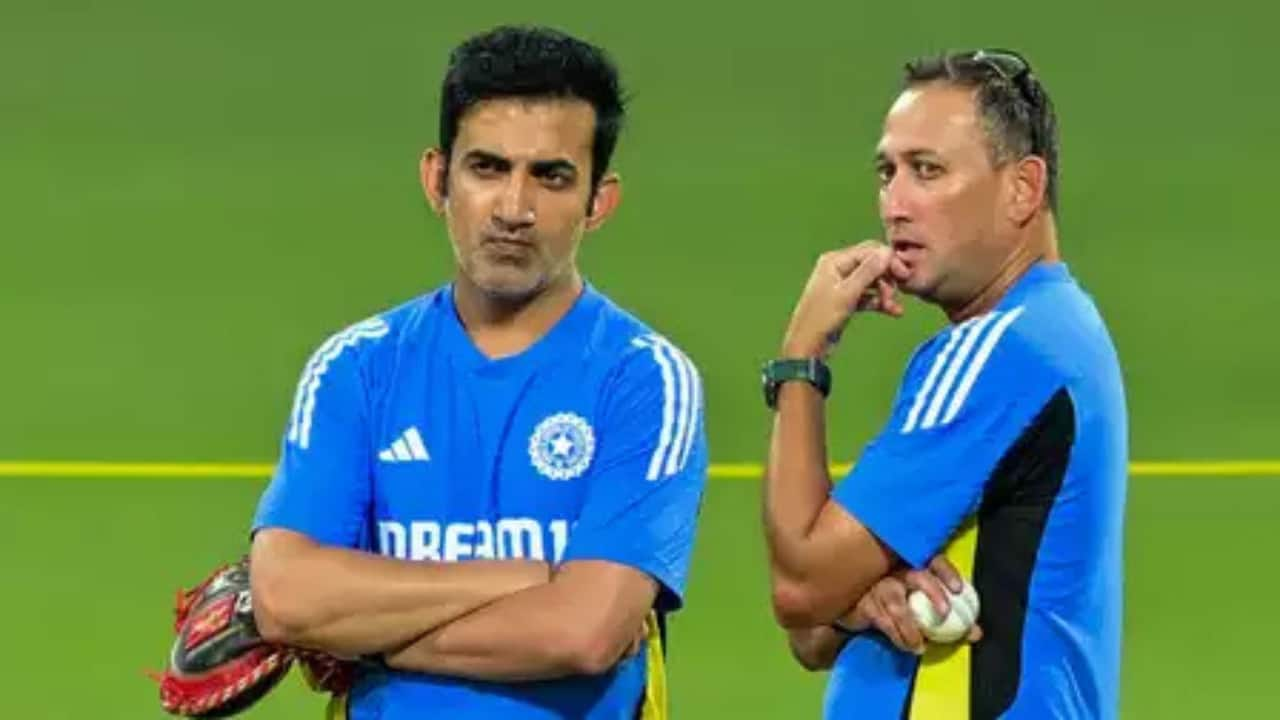 |
|
The recent underperformance of the Indian cricket team in Test series against New Zealand and Australia has sparked intense debate surrounding the future of the captaincy. The Board of Control for Cricket in India (BCCI) held a review meeting to address this critical issue, focusing on identifying a suitable successor to Rohit Sharma. While various names were floated, a significant divergence of opinion emerged between head coach Gautam Gambhir and the selection committee, led by Ajit Agarkar, regarding the ideal candidate.
Rohit Sharma himself clarified his position to the BCCI, stating his intention to remain captain until a suitable replacement is chosen for both Test and ODI formats. He assured his full support to whoever is eventually selected to take over the reins. A consensus emerged to retain Rohit as captain until the conclusion of the Champions Trophy, after which a final decision will be made. This temporary solution buys the BCCI some time to carefully assess potential candidates and ensure a smooth transition of leadership.
The possibility of Jasprit Bumrah inheriting the captaincy was thoroughly discussed. However, his injury history and fitness concerns raised significant doubts about his suitability for the long-term commitment of captaincy, especially in the demanding Test format. The meeting also highlighted the crucial need for a strong vice-captain to effectively manage Bumrah's workload should he be appointed, mitigating the risk of further injury setbacks and ensuring consistent leadership.
While the selection committee reportedly favored Rishabh Pant as the next Test captain, citing his experience leading the Delhi domestic team and his brief stint as captain of the Indian T20I side against South Africa in June 2022 (a temporary role necessitated by KL Rahul's injury), Gautam Gambhir surprisingly advocated for a different candidate – the young and rising star, Yashasvi Jaiswal. This unexpected choice underscores the differing perspectives and evaluation criteria within the selection process. Jaiswal's potential, although evident in his batting prowess, lacks the leadership experience possessed by Pant, making Gambhir's preference a more unconventional and potentially high-risk strategy.
The prospects of Suryakumar Yadav assuming the ODI captaincy after the Champions Trophy appeared less promising due to his inconsistency in securing a regular spot in the ODI lineup. The BCCI seems to be leaning against the idea of appointing separate captains for different formats. Therefore, the most likely scenario, pending the identification of a dependable vice-captain, is Jasprit Bumrah taking on the leadership of both the Test and ODI teams. This mirrors the leadership structure in the Australian team, with Pat Cummins at the helm and a designated vice-captain stepping in when required, a strategy designed to manage the workload and potential injury risks associated with intense international cricket.
The debate surrounding India's next captain highlights the complex considerations involved in choosing a leader for the national team. Factors beyond mere individual skill, such as experience, fitness, leadership qualities, and the ability to manage a diverse and high-pressure environment, are crucial in the selection process. The decision ultimately reflects a strategic balancing act, weighing the potential benefits and drawbacks of different candidates to ensure the long-term success and stability of the Indian cricket team. The upcoming Champions Trophy will undoubtedly play a significant role in shaping this crucial decision. The performances of the players during the tournament will add another layer to the already multifaceted considerations, possibly shifting the balance in favor of one candidate over another. The upcoming weeks will be a crucial period for the BCCI, as the nation waits with bated breath to discover who will be tasked with guiding the Indian cricket team into the future.
The selection process is not merely about finding a technically gifted player; it's about finding a leader who can inspire, strategize, and manage the team effectively under immense pressure. This critical decision will significantly impact the future trajectory of Indian cricket. The BCCI’s decision will send a clear message about the direction and priorities of the national team’s leadership for years to come. The choice will be closely scrutinized by fans, critics, and analysts alike, and its impact will be keenly felt both on and off the field.
